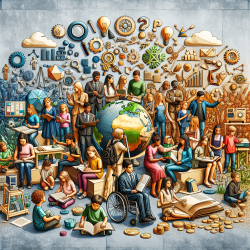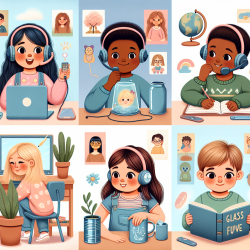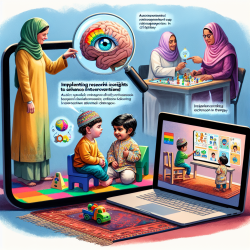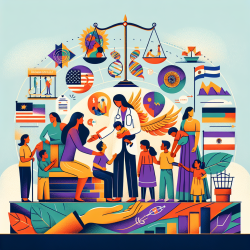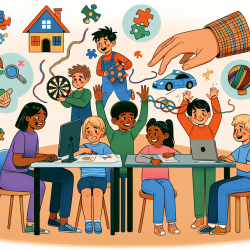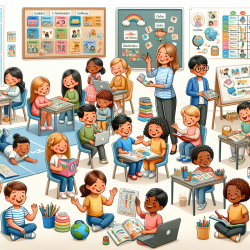Inclusion is a way of thinking and acting that demonstrates universal acceptance and promotes a sense of belonging for all learners. But what does inclusive education really mean, especially in the context of Alberta? Let's dive in!
Overview
Inclusive education isn't just about learners with special needs. It's an attitude and approach that embraces diversity and learner differences, promoting equal opportunities for all learners in Alberta. The education system here is built on a values-based approach to accepting responsibility for all children and students.
Every learner has unique needs. Some learners have profound and ongoing needs, while others have short-term or situation-based needs. This calls for flexible and responsive learning environments that can adapt to the changing needs of learners.
Responsive Learning Environments
For some learners, the most responsive and flexible learning environment may include:
- Instruction and support in a grade-level classroom with same-aged peers
- Individualized instruction in smaller group settings
- A specialized classroom or setting
- One-on-one instruction
- A combination of all the above
When teachers use evidence-based instructional practices and strategies to support student engagement, it can lead to greater achievement and success for all children and students.
A Robust Continuum of Supports and Services
Inclusive education involves a robust continuum of supports and services, which include:
- Universal supports and services: These are incorporated into the inclusive learning environment for all learners. They include quality instruction and creating welcoming, caring, respectful, and safe learning environments. High-quality approaches are available to and benefit each learner.
- Targeted supports and services: These are designed for groups of learners who require additional supports or interventions to be successful with their learning. They aim to build specific skills and reduce barriers that interfere with learning or social-emotional well-being.
- Individualized supports and services: These are designed for individual learners to address specific areas for growth, barriers, or personal circumstances that may be impacting their ability to participate in or benefit from learning opportunities. They are intended for fewer individuals with more severe or pervasive challenges that require changes to supports and services beyond the universal and targeted supports provided.
Universal supports are applied throughout the continuum. Learners receiving targeted or individualized supports also receive universal supports.
Funding
Inclusive Education funding is allocated to school authorities through a formula that aims to ensure an equitable distribution of funding. Funding is not determined through coding. School authorities distribute the funding they receive based on the needs of students within their school communities.
Principles of Inclusive Education
The following six principles are key to achieving Alberta’s vision for an inclusive education system. These principles can guide and inform value-based and learner-centred decisions related to policies, practices, and actions at every level of Alberta’s education system:
- Anticipate, value, and support diversity and learner differences: Welcoming, caring, respectful, and safe learning environments create a sense of belonging for all learners and their families.
- High expectations for all learners: Creating a culture of high expectations begins with an accessible curriculum and meaningful and relevant learning experiences. Educators and families act on the idea that, with the right instructional supports, every learner can be successful.
- Understand learners’ strengths and needs: Meaningful data is gathered and shared at all levels of the system—by teachers, families, schools, school authorities, and the Ministry—to understand and respond to the strengths and needs of individual learners.
- Remove barriers within learning environments: All education partners work together to remove barriers within the learning environment so that all learners are successful and can participate in the school community.
- Build capacity: Government, school and system leaders, teachers, education professionals, families, and community partners have ongoing opportunities, relationships, and resources that develop, strengthen, and renew their understanding, skills, and abilities to create flexible and responsive learning environments. Capacity building takes place at the personal, school, and system levels.
- Collaborate for success: All education stakeholders, including school and system staff, families, community partners, post-secondary institutions, teacher preparation programs, and government are committed to collaboration to support the success of all learners.
Inclusive Education Policy
Alberta Education’s mission to continue providing inclusive learning opportunities is evidenced in the Inclusive Education Policy in the Guide to Education. Alberta’s education system is built on a values-based approach to accepting responsibility for all children and students. Inclusion is a way of thinking and acting that demonstrates universal acceptance of, and belonging for, all children and students.
For more information, please follow this link.
